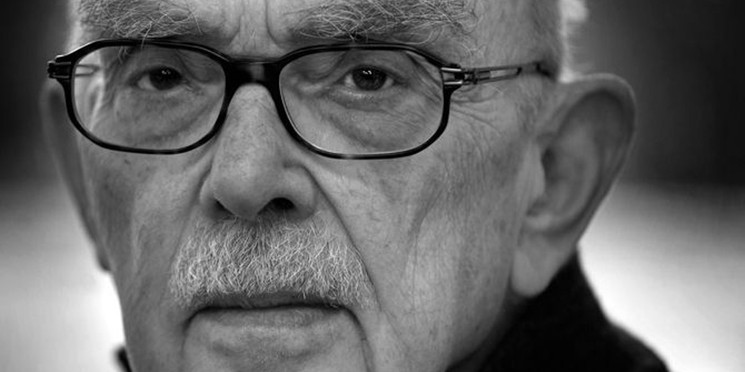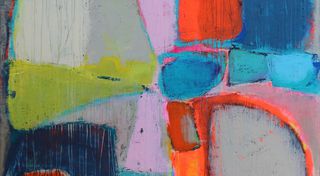

Biography
Raoul De Keyser (1930–2012) was a major Belgian painter of the 20th century, renowned for his subtle approach to abstraction and his ability to merge elements of everyday life with a refined pictorial aesthetic. Born and deceased in Deinze, Belgium, he spent most of his life in this city, where he developed a singular body of work marked by a constant exploration of the possibilities of painting.
Largely self-taught, De Keyser began painting seriously in the 1960s after briefly studying at the Deinze Academy of Fine Arts in 1963-1964. He joined the Flemish movement Nieuwe Visie, alongside artists such as Roger Raveel, aiming to revalorize everyday reality through art.
His work is characterized by simple forms, deliberate painterly gestures, and often a restrained palette, exploring the boundaries between figuration and abstraction. He frequently drew inspiration from his immediate surroundings, transforming ordinary elements into poetic and enigmatic compositions.
De Keyser gained international recognition in the 1990s, notably through his participation in Documenta IX in 1992. He was represented by prestigious galleries such as Zeno X Gallery in Antwerp, Galerie Barbara Weiss in Berlin, and David Zwirner in New York, where he had several solo exhibitions.
His works are held in major collections, including the Museum of Modern Art in New York, the Museum Ludwig in Cologne, the S.M.A.K. in Ghent, and the San Francisco Museum of Modern Art. Retrospective exhibitions have been organized at institutions such as the Whitechapel Gallery in London (2004) and the Pinakothek der Moderne in Munich (2019).
Raoul De Keyser leaves a lasting legacy, influencing many contemporary artists through his discreet yet deeply expressive approach to painting.
Nationality




